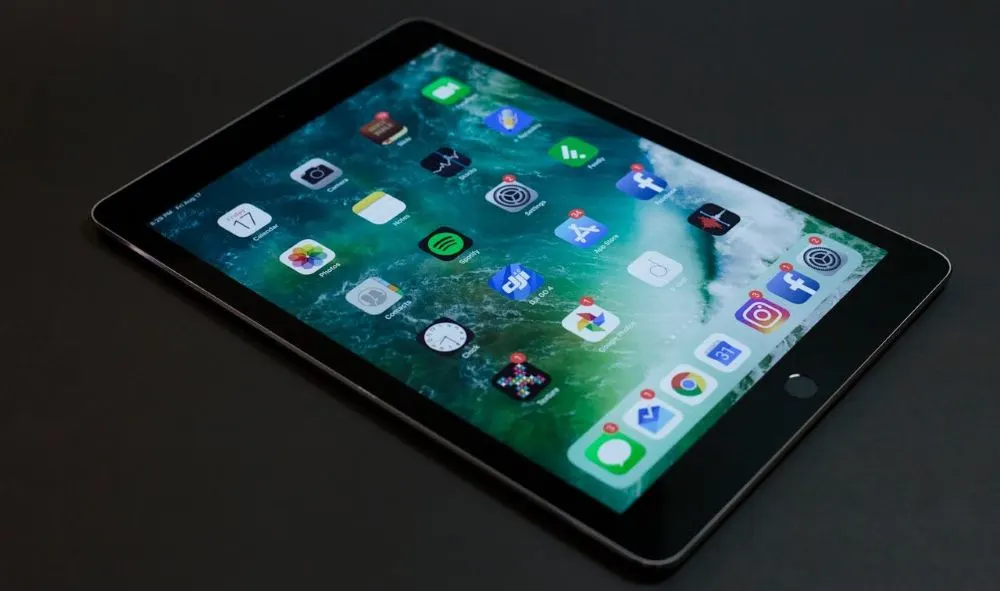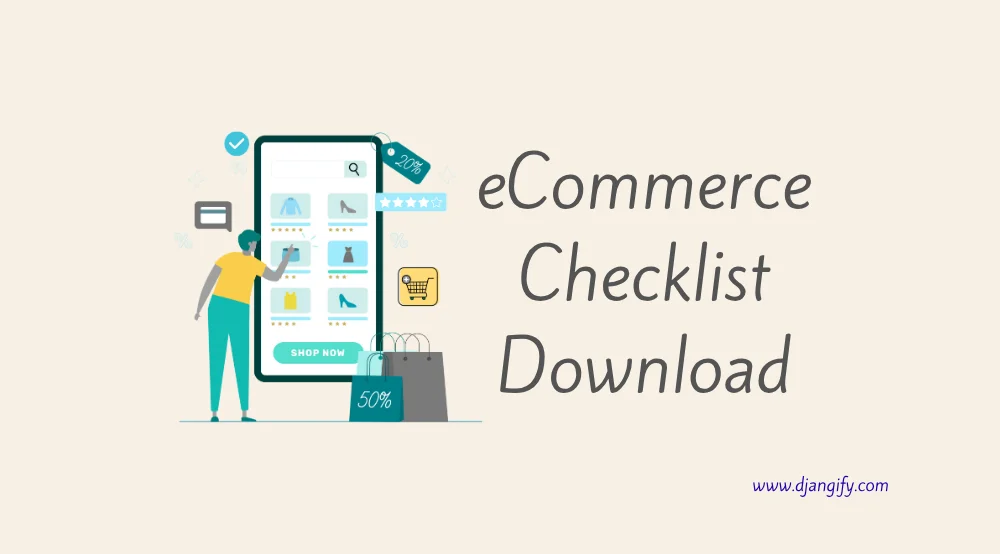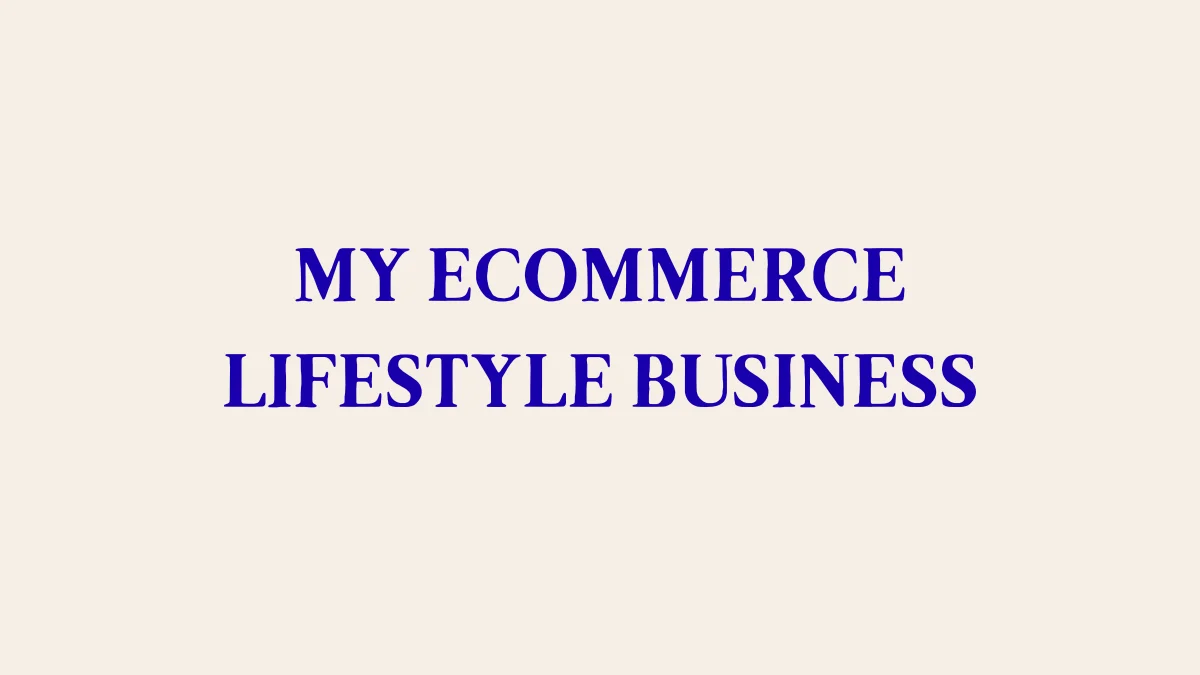While I fully appreciate the well used mantra "the money is in the list" there are other ways to reach potential customers without an email list or better yet as well as one. Email is no longer the only way to build customer relationships. Today, people interact with brands across multiple touchpoints like direct messages, communities, AI search results and even browser notifications.
If you rely only on email, you are missing dozens of opportunities to connect with the right people. Here are twelve proven ways to grow your customer base without a single newsletter sign-up form.
1. Optimise for AI Search and Discovery
AI overviews in Google, Bing Copilot, and ChatGPT are changing how people find products. Structure your pages with schema, FAQ sections, and consistent metadata so your products appear directly in AI search results. Instead of waiting for subscribers, you’re discovered precisely when someone is searching for what you sell.
Of course it takes more than just well arranged content. At the time of writing this in October 2025 AI relies heavily on larger organisations with a reputation across the internet, however, it is still worth starting the process of AI Search Readiness now as long-term that will change.
2. Build Visibility Through Image Search
If your store includes visual products - such as templates, journals, or digital planners - image search can become a powerful traffic source. Optimise filenames, alt text, and structured data for every image. Tools like Pinterest and Google Images often deliver consistent discovery traffic without ongoing ads or emails.
3. Use Browser Push Notifications
Push notifications work like mini announcements that appear directly on a user’s device. You can use them for restocks, new launches, or limited offers. They bypass the inbox entirely and still reach engaged customers instantly. Tools such as OneSignal or Pusher integrate easily with modern Django or JS setups.
4. Offer SMS or WhatsApp Updates
Short, well-timed text messages have higher open rates than email. Use SMS to confirm orders, notify buyers of new products, or deliver bonus downloads. The key is permission - always make sure people opt in. For digital stores, WhatsApp updates are especially effective for repeat buyers.
5. Encourage Free Account Creation
If your ecommerce system includes a dashboard or download area, invite people to register for free. A “Free Member Account” turns casual visitors into users of your platform. Once inside, they can access free tools, saved purchases, or wishlists - building trust without needing to join a mailing list.
6. Collect and Display Real Reviews
People trust other buyers more than brand messaging. Include star ratings and verified reviews on every product page. Highlight testimonials and show authentic user photos. A single trusted review can outperform dozens of social media posts when it comes to converting new visitors.
7. Build a Community Around Your Niche
An online group, private forum, or Discord channel lets your customers connect around shared goals. You don’t have to be constantly active; create a space where members share how they use your products. That conversation becomes an organic growth engine — every new discussion increases visibility and trust.
8. Use Retargeting to Stay Visible
Add tracking pixels (Meta, Google, or TikTok) to your store. This allows you to remind past visitors about your products through targeted ads. Retargeting is effective because it only reaches people who have already shown interest — the warmest type of audience.
9. Collaborate with Micro-Creators and Partners
Not every collaboration needs to be paid. Partner with small creators who serve the same audience but offer something different. Let them test your products and share their honest experience. A handful of niche collaborations often drives higher-quality traffic than large influencer campaigns.
10. Create Interactive Tools or Quizzes
Free tools, quizzes, or calculators are excellent entry points for people who are curious but not ready to buy. They help users see the value you provide immediately. For example, “Which template suits your workflow?” or “Estimate your savings with digital downloads.” Quizzes also give you insight into what people want — data you can use later.
11. Use Shareable Direct Downloads
Instead of asking for an email to deliver a free PDF or sample, make it shareable with a tracking link. Each share becomes a referral chain. You can still measure engagement using analytics tags, but users never feel trapped behind a form.
12. Build Real-World Touchpoints
If your products have physical elements — such as inserts, prints, or journals — include QR codes that link directly to tutorials or product pages. Combine online and offline discovery through collaborations with co-working spaces, pop-ups, or printed guides. Local visibility builds brand familiarity long before a person ever joins an email list.
Quick Wins: What You Can Do This Week
-
Add structured data and FAQ markup to your best-selling product pages.
-
Enable browser push notifications for launches or updates.
-
Create a free membership area or dashboard.
-
Reach out to one micro-creator for a product collaboration.
-
Add a customer review request flow post-purchase.
Questions to Consider
-
Where are your potential customers discovering products like yours today?
-
Which of these touchpoints (AI search, reviews, community, etc.) are you already using effectively?
-
Could a free dashboard or membership offer more value than another lead magnet?
-
What one new channel could you test this month that does not rely on email?
Frequently Asked Questions
Q: Is it still worth having an email list?
A: Yes, but it should no longer be your only focus. An email list is useful for deepening relationships with potential and existing customers, but discovery now happens across search, social, and chat platforms. Your goal is to diversify so if inbox engagement drops, other channels continue to drive traffic and sales.
Q: What replaces newsletters in 2025?
A: Newsletters are not really being replaced but the need for multi-channel updates is being embraced. Browser notifications, community posts, and dynamic dashboards give customers the same information in real time without requiring them to check email. People prefer lightweight, in-context updates they can act on immediately.
Q: How can I measure success without subscribers?
A: Track engagement metrics that reflect action: returning visitors, downloads, account sign-ups, and repeat purchases. Tools like Plausible, Fathom, or Google Analytics can show which traffic sources convert best. The aim is not list size — it is meaningful engagement that leads to sales.
Q: What role does AI search play in building customers?
A: AI search engines now summarise answers from multiple websites, often before users click. By optimising your content with schema, FAQs, and clear language, your products can appear in these summaries. This gives you visibility at the moment of intent which is when people are ready to act.
Q: Should I focus on one or multiple channels?
A: Start with two or three that suit your capacity. For example, combine AI search optimisation, reviews, and a community group. Expand once those systems are working consistently. Sustainable growth comes from focus, not chasing every new trend.
You do not need a massive email list to grow your ecommerce store. It helps if you focus on building systems that make your brand visible, trustworthy, and easy to remember. Whether through AI search, free tools, reviews, or micro-collaborations, your goal is the same: stay discoverable, stay valuable, and keep the door open for repeat visits.


